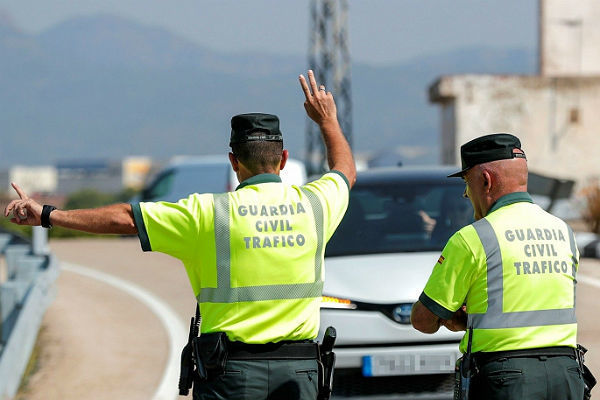Technology Smart, connected cones hit the roads
Study Road Safety fails in cars, drivers and roads
Articulate urban and road mobility and, above all, contribute to road safety.
Those are the two main reasons for the existence of
road signs
.
Then, and this
has always been said of those that refer strictly to speed, they must be credible
.
To all of which, it should be added, also in accordance with the new times.
Well,
no less than 18 years have passed since the last update of that catalog of signals was carried out.
And this has led both the DGT and the Ministry of Transport
to decide to work on updating it in order to make this signage powerful, easy to understand and in accordance with the needs represented by the new mobility.
First you have to attend to the agents
This is a Royal Decree, still in the draft phase, but it is intended to be in force next year.
It includes several novelties, and among them is the priority of signals.
That is, which ones must be attended to first because they have priority.
In this sense, the draft establishes that first it will be necessary to obey the signals and orders of the traffic agents.
Next, there is the circumstantial signaling that modifies the normal regime of use of the road and fixed beaconing elements.
Next come the traffic lights, then the vertical road signs, and finally the road markings.
As for the new signals, several of the changes that are introduced are detailed below.
Although it must also be specified that the replacement of these elements involves a very high investment, so it is not required to do so within a certain period.
In other words, it
will be the Administration that owns the road (City Councils, central State, Autonomous Communities, Provincial Councils and Councils) that decides the moment according to its maintenance, conservation and improvement projects.
SIGNAL P-35.
It shows two cars that are going to cross and that warns of the "danger due to the proximity of a section between a confluence and a fork where different lane change movements are produced by the vehicles, crossing their trajectories and therefore increasing the risk of collisions."
SIGNAL P24a.
Danger due to the proximity of a place where the road can frequently be crossed by animals in freedom, a very significant proportion of which are wild boars.
SIGNAL P33.
Danger due to the proximity of a section in which circulation is frequently hampered by a notable loss of visibility due to fog, rain, snow, smoke, etc.
SIGNAL R-118.
It has to do with the new mobility that has arrived in cities and, specifically, it refers to the prohibition of access to a certain area or road for personal mobility vehicles, such as electric scooters.
SIGNAL P8.
The old little train that emits smoke from the chimney leaves behind the image of a more modern locomotive to warn of the danger due to the proximity of a level crossing not provided with barriers or semi-barriers.
SIGNAL P-21.
It was already told at the time and it has a lot to do with the new social times and gender identity.
Until now, this sign located in the vicinity of schools or areas frequented by children, showed a little boy leading a girl by the hand.
Now, the tables are turned.
SIGNAL P21b.
Danger due to the proximity of a place frequented by the elderly, such as a center dedicated to the elderly, a residence, etc.
SIGNAL R-120.
Prohibition of access to vehicles based on their environmental label or other established environmental criteria.
The conditions will be specified in a complementary panel S860 or in a poster in which the signal is included.
It is the signal that the cities will use at the accesses to the Low Emission Zones that must be in force in 2023.
Conforms to The Trust Project criteria
Know more
DGT
Traffic
traffic accidents

